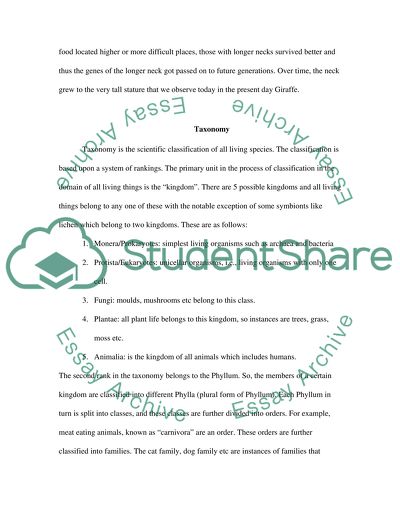Cite this document
(“Theory of Evolution and Evidence for Natural Selection Assignment”, n.d.)
Retrieved from https://studentshare.org/biology/1440599-theory-of-evolution-and-evidence-for-natural-selection
Retrieved from https://studentshare.org/biology/1440599-theory-of-evolution-and-evidence-for-natural-selection
(Theory of Evolution and Evidence for Natural Selection Assignment)
https://studentshare.org/biology/1440599-theory-of-evolution-and-evidence-for-natural-selection.
https://studentshare.org/biology/1440599-theory-of-evolution-and-evidence-for-natural-selection.
“Theory of Evolution and Evidence for Natural Selection Assignment”, n.d. https://studentshare.org/biology/1440599-theory-of-evolution-and-evidence-for-natural-selection.


